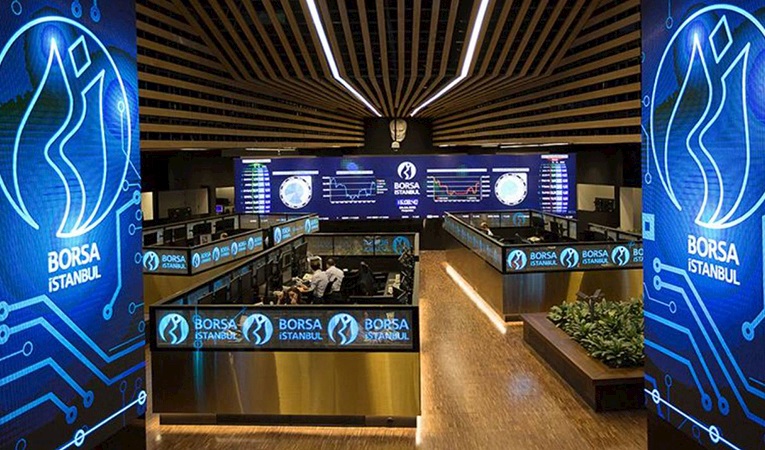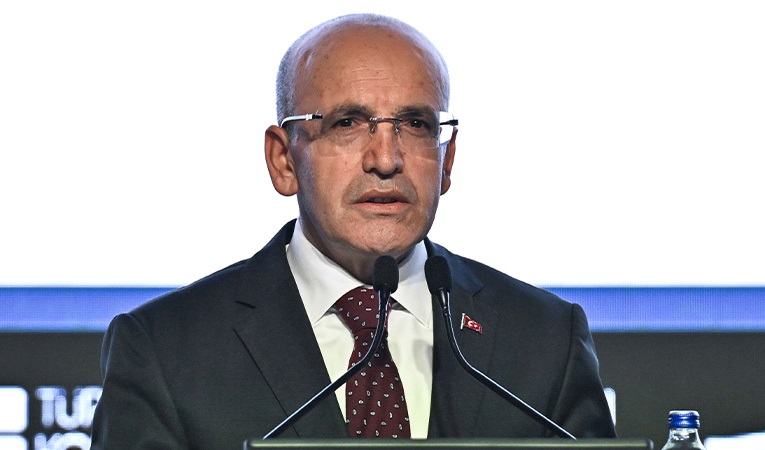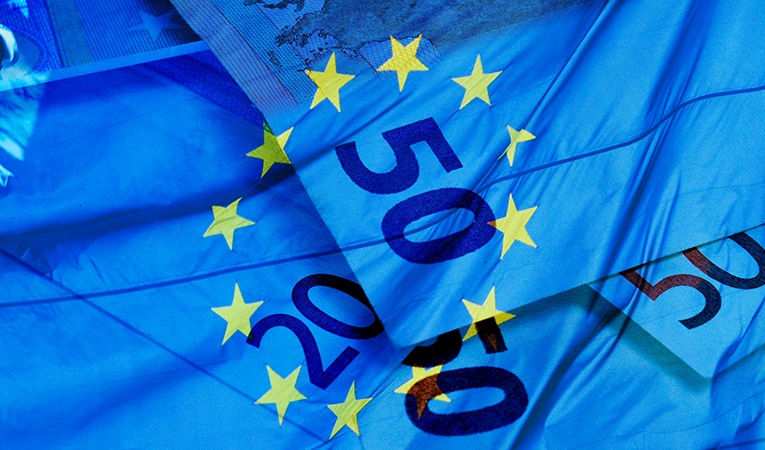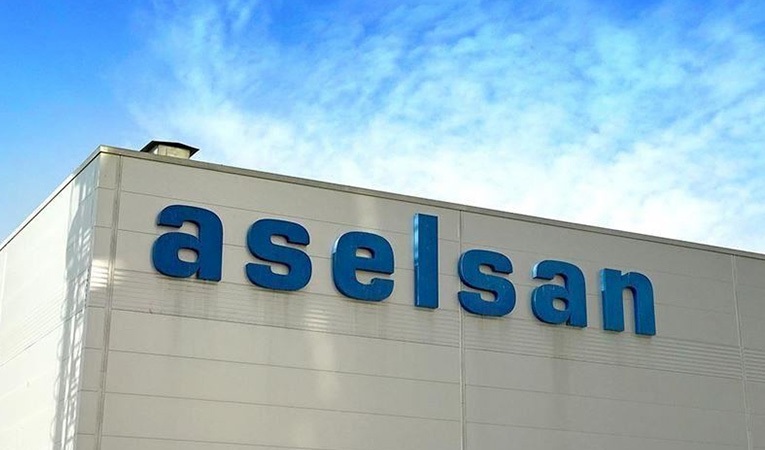
-
BIST 100
 10565,74%-0,59En Düşük10440,44En Yüksek10607,39
10565,74%-0,59En Düşük10440,44En Yüksek10607,39 -
DOLAR
 42,33%0,18Alış42,1254Satış42,5292En Yüksek42,3444
42,33%0,18Alış42,1254Satış42,5292En Yüksek42,3444 -
EURO
 49,12%-0,29Alış48,9246Satış49,3068En Yüksek49,3785
49,12%-0,29Alış48,9246Satış49,3068En Yüksek49,3785 -
EUR/USD
 1,16%-0,10Alış1,1622Satış1,1623En Yüksek1,1654
1,16%-0,10Alış1,1622Satış1,1623En Yüksek1,1654 -
ALTIN
 5558,92%-1,72Alış5532,40Satış5585,44En Yüksek5727,69
5558,92%-1,72Alış5532,40Satış5585,44En Yüksek5727,69
-
BIST 100
 10565,74%-0,59En Düşük10440,44En Yüksek10607,39
10565,74%-0,59En Düşük10440,44En Yüksek10607,39 -
DOLAR
 42,33%0,18Alış42,1254Satış42,5292En Yüksek42,3444
42,33%0,18Alış42,1254Satış42,5292En Yüksek42,3444 -
EURO
 49,12%-0,29Alış48,9246Satış49,3068En Yüksek49,3785
49,12%-0,29Alış48,9246Satış49,3068En Yüksek49,3785 -
EUR/USD
 1,16%-0,10Alış1,1622Satış1,1623En Yüksek1,1654
1,16%-0,10Alış1,1622Satış1,1623En Yüksek1,1654 -
ALTIN
 5558,92%-1,72Alış5532,40Satış5585,44En Yüksek5727,69
5558,92%-1,72Alış5532,40Satış5585,44En Yüksek5727,69
- Anasayfa
- Haberler
- Tüm Haberler
- If Incentives Are Provided, We’ll Make New Investments
If Incentives Are Provided, We’ll Make New Investments
Saffet Karpat is CEO of P & G, the global giant. He notes that in the last 10 years they have grown threefold. “Our Turkish operations are very successful. In the near future we shall grow at t...
Saffet Karpat is CEO of P & G, the global giant. He notes that in the last 10 years they have grown threefold. “Our Turkish operations are very successful. In the near future we shall grow at the same speed as the market,” he says. He is upbeat about new investments. “If incentives are provided for investments, then our factory here can concentrate primarily not on the domestic market but on meeting the needs of neighbouring countries. Maybe even extensive investments such as establishing a R & D center could be considered.”
P & G has nearly 300 brands worldwide and an annual turnover of $52 billion. Half of this total comes from 17 brands, which each have a turnover of over $1 billion. P & G is one of the largest rapid consumer products companies in the world and has been in Turkey since 1987. The company’s operations in Turkey have a strategic importance for P & G because it is growing by 10-20 percent a year in every field in which it is active in Turkey. In addition, its factory in Turkey serves as production base for the region.
In the second half of 2004, for the first time P & G appointed a Turkish executive to head its Turkish operations. Saffet Karpat, who was appointed general manger, has worked in the company for 21 years. He says that P & G has a strategy of creating major brands and focusing on them. Karpat says that they have created leading, trusted, innovative brands: “There is no other company which understands the customer as well as we do,” he says.
Saffet Karpat, P & G General Manager for Turkey and Deputy President for the Caucasus and Central Asia Region, spoke with Capital for the first time and answered our questions.
How big a company has P & G Turkey now become?
P & G entered the Turkish market in 1987 through a joint venture with the Dürüst family in a company called Alo Mintax. In those years its product portfolio consisted solely of Alo, Mintax and Pinky shampoo. Later, following the acquisition of the Germany-based Blendax firm, Blendax shampoo was added to its product portfolio. The partnership with the Dürüst family continued until 1988 when P & G bought the company. In 1990-1991 it began a partnership with Sanipak, which was a member of the Eczacıbaşı Consumer Group, in the Orkid, Prima and İpana products. At the same time P & G began to bring its own products to Turkey. In the period 1988-94 in particular it added Ace, Ariel, Pantene and Rejoice and over the years its portfolio grew to its current size. The partnership with Eczacıbaşı came to an end in 1997. Since 1998 the company has continued its activities as a 100 percent P & G owned concern. Following the global purchase of Wella, the Koleston brand was added to our portfolio starting from July last year. At the moment we sell 16 brands in Turkey. Our main production plant is in Gebze. Prima and Orkid have been manufactured in Gebze since 1992. In addition, we have added a detergent production unit which we opened last October. Alo, Ace, Ariel, Orkid and Prima are manufactured in Turkey. The other brands came from Europe.
Which of the categories in which you are active is growing the fastest?
Beauty products are the category which will grow fastest both in Turkey and in the rest of the world. This field will grow both in Turkey and in the rest of the world in lien with an increase in consumer income,. In fact, it was this potential which was the reason we chose beauty products. The diapers category will also grow rapidly. Even if the rate of population growth in Turkey slows, there is still a large population of babies. For this reason the market will preserve its importance.
Some multinational companies are abandoning some brands and just concentrating on the strong ones. What kind of brand strategy is P & G pursuing?
We have 16 brands in Turkey and nearly 300 worldwide. We have 17 products whose global turnover each exceeds $1 billion. The company has a turnover of approximately $52 billion and half of this comes from 17 brands. The company’s strategy is to create major brands and focus on them. We are creating leading, trusted, innovative brands. In addition, in some categories such as detergent we are developing a product range which addresses the different needs that we observe. But generally we want to create major brands. Instead of, for example, deciding that we want 50 brands, we want to our brands to be ones which the consumer trusts, which make people’s lives easier and their lives a little bit better every day. Our brand strategy is based on these realities.
P & G has 300 brands. Which new brands will you bring to the Turkish market?
As everywhere else in the world we are looking at new categories for Turkey. Whether or not we bring new brands to Turkey is entirely dependent on studies of consumer expectations. We are always looking to bring new brands to meet the consumers’ needs.
As you grow, what kind of profitability model do you follow?
We have set a growth target of 4-6 percent as part of our global strategy. We are part of this. Developing country markets, such as those in Turkey, China and Russia, grow faster than those in developed countries. Growth brings profitability. We are continually looking at costs and competitiveness. There is value in increasing productivity. These two elements have an impact on our profitability. The rate of growth in our dividends is around 10 percent worldwide. We also contribute to this. As a result, we are looking at raising both our turnover and our margins in order to increase our profits.
You said that in the last 10 years you have growth threefold. What are your growth targets for the future?
We are growing by 10-20 percent in the categories in which we are active. If the economy goes well, then I think we shall grow by at least these rates. In the future we may grow by more than 10 percent. I mean, we shall grow with the market.
CONSUMERS ARE BECOMING INCREASINGLY SENSITIVE
When you look at the world do you see new trends and developments in the fields in which you are active?
Consumers are becoming increasingly sensitive. The choices are increasing. They are turning more towards brands that they trust.
In addition to this, retailers such as Wal-Mart, Carrefour and Migros, which handle distribution, are also creating their own brands. Consumers are buying these brands. There is also a shift in this direction.
There are significant changes in the structure of the family. In the past it was only the women who would do the housework. Now men are also becoming involved. In America and Europe in particular, both of the spouses work. Such a process will bring with it a number of changes.
The way in which clothes become dirty is changing. In America and Europe people are looking at everyday, casual wear. These clothes need to be washed at low temperatures. In the past they used to be washed at very high temperatures.
Consumer groups are being formed for environmentally friendly products. Developments are expected in this kind of product.
Turkey has a very young population. When I am out in the market I see that there has been an incredible increase in the use of hair gel. In the past they used to live with their families. Now they have begun to live apart as soon as they get married. The increase in the number of households is faster than the growth in population. Such factors are also bringing about changes.
EBRU FIRAT
[email protected]
Türkiye ve dünya ekonomisine yön veren gelişmeleri yorulmadan takip edebilmek için her yeni güne haber bültenimiz “Sabah Kahvesi” ile başlamak ister misiniz?






